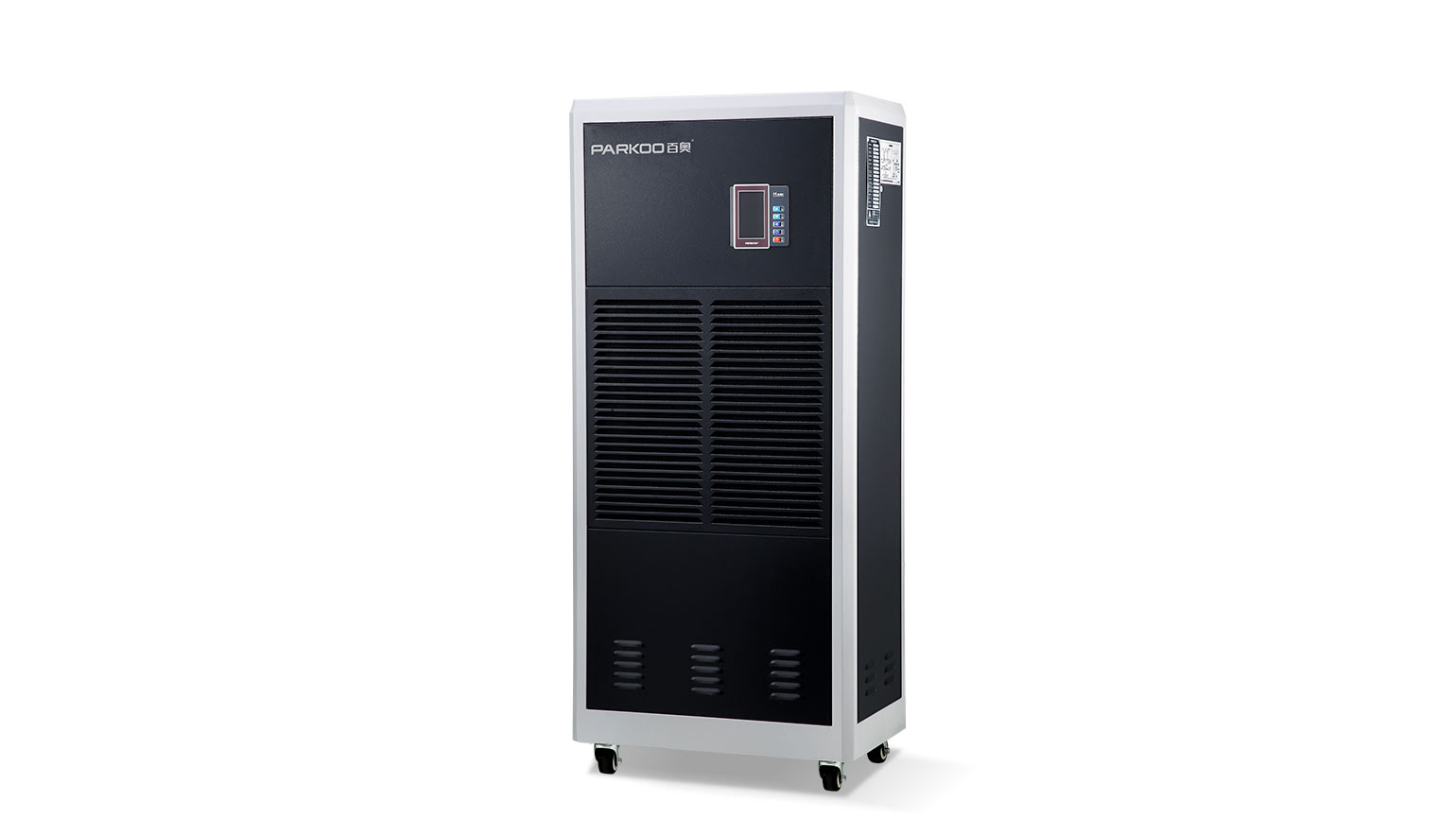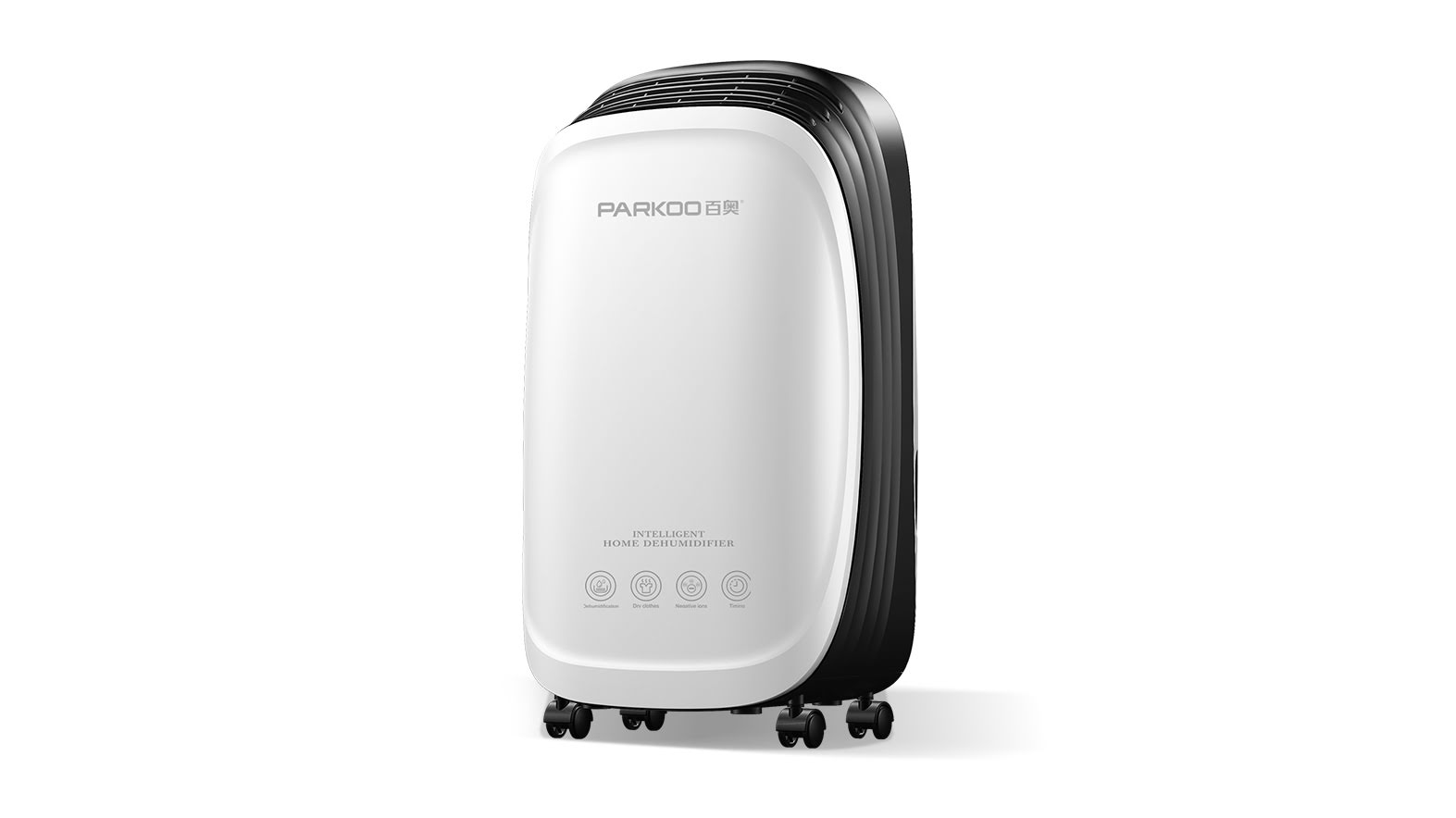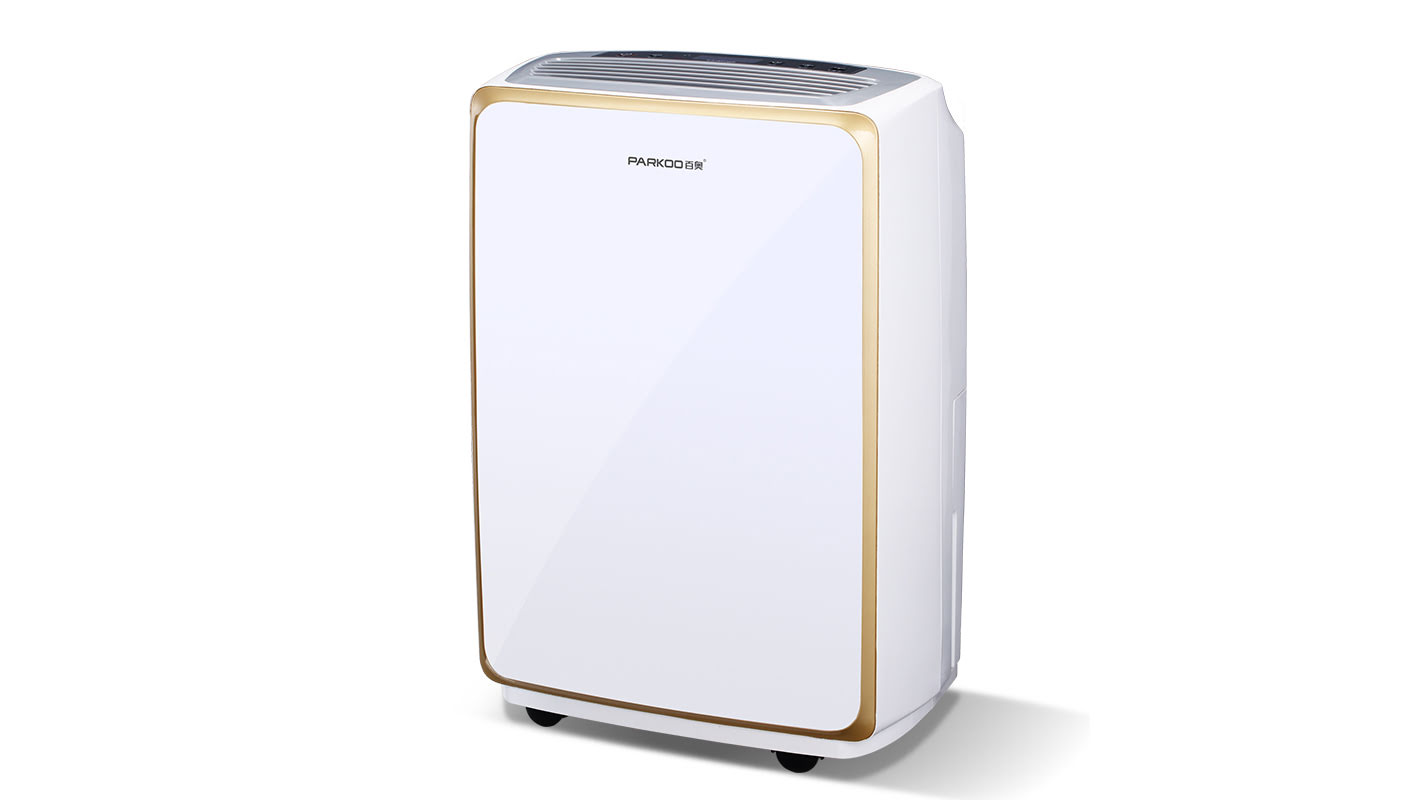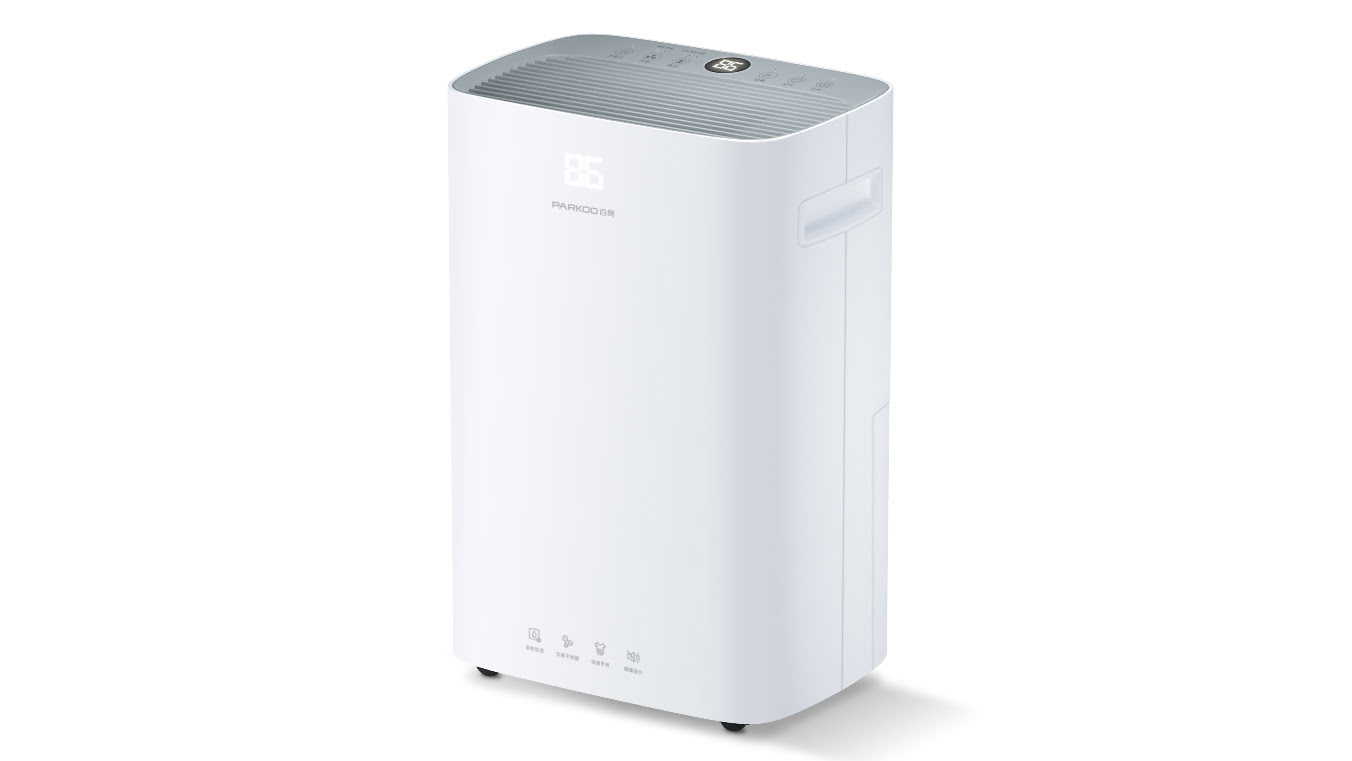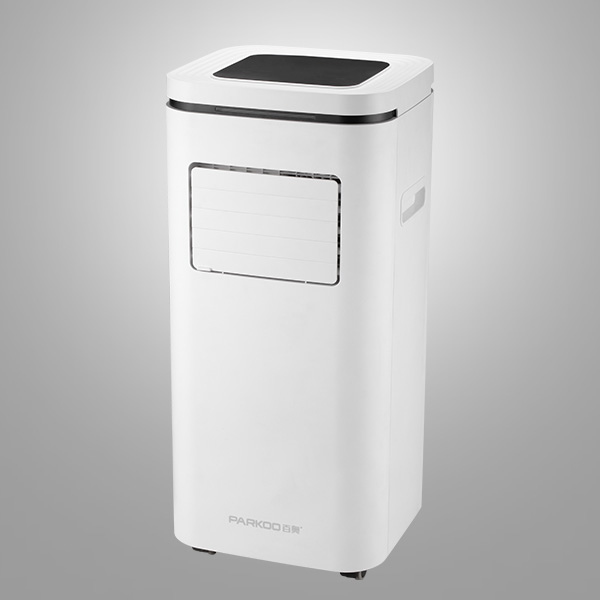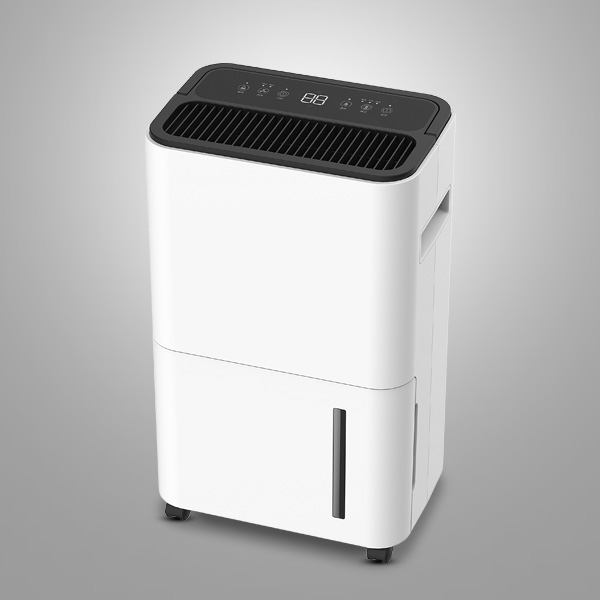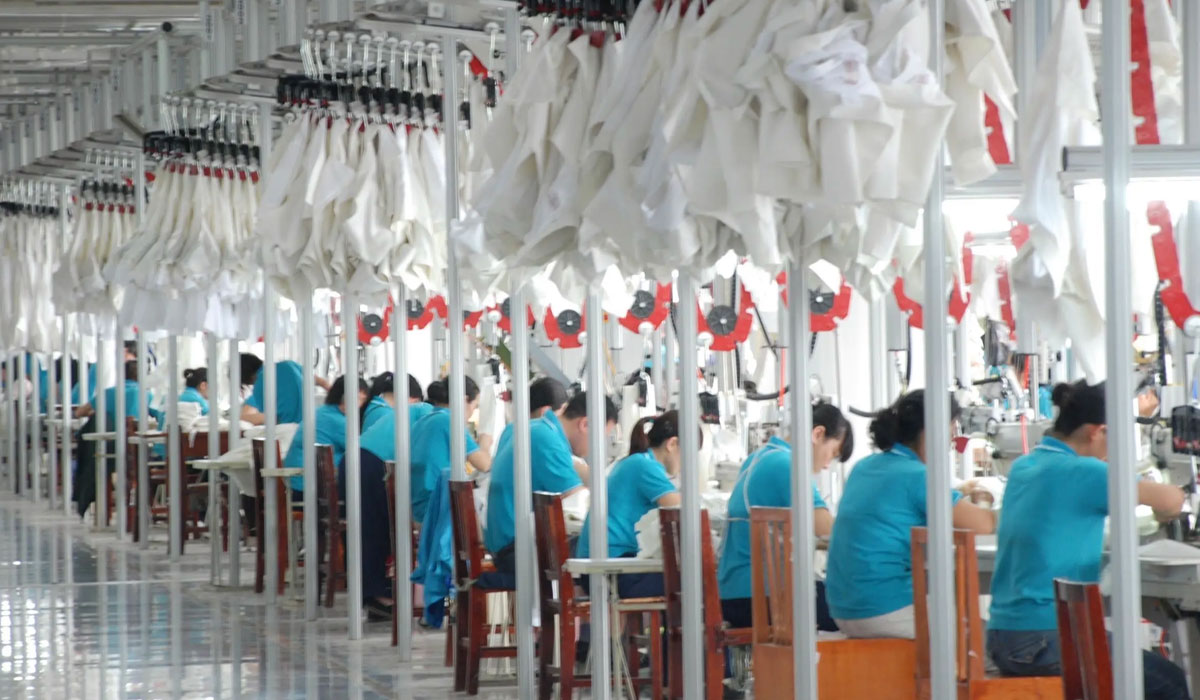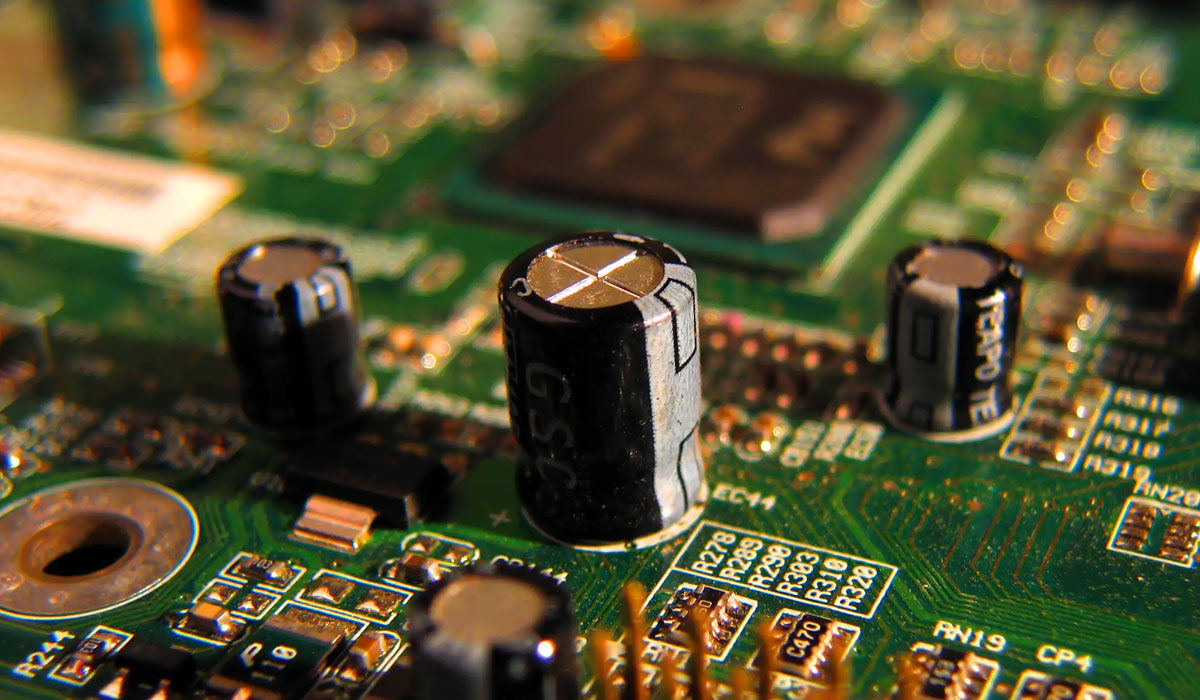Nowadays, with the development of the national economy and the deepening of the importance attached to cultural relics, constant temperature and humidity are more and more applied to the preservation of various cultural relics, most of which are museums and other national venues. From the natural environment 20 years ago to the constant temperature and humidity more than a decade ago to the constant temperature and humidity widely promoted now, the preservation environment of cultural relics is improving step by step, This is very gratifying
As the user, whether to choose constant temperature and humidity or just constant humidity? Some people say that it must be constant temperature and humidity, because every cultural relic has a temperature and humidity that is most suitable for it. It is no doubt that preservation in a stable temperature and humidity can prolong the life of cultural relics the longest
Can this be true in the actual equipment selection
First of all, popularize several knowledge points:
1. Sealing is the premise of constant humidity, and humidity regulation is to regulate the moisture content in the air. Therefore, the smaller the air exchange rate of the cabinet during the regulation process, the better. At present, general cultural relic cabinets can achieve four times in 24 hours
2. Thermal insulation is the premise of constant temperature, which is similar to the principle of refrigerators, and will not be explained here
3. The best environment for cultural relics preservation: no temperature difference, no humidity difference, no wind, no light
First, let's talk about the conclusions of this paper:
1. The cabinet has good thermal insulation and constant temperature and humidity, such as the cultural relics storage cabinet in the warehouse
2. Constant humidity is used for cabinets with poor thermal insulation, such as museum viewing cabinets
This conclusion is based on the installation of cultural relics display cabinets and environmental controllers on the current market, as shown in the figure below
In the above figure, cultural relics are placed in the upper space of the cultural relics cabinet, and environmental controllers are placed in the lower space. The red meter character position is the temperature and humidity monitoring point. The environmental controller and cultural relics space realize the gas circulation from the air inlet and return port to the constant temperature and humidity of the cultural relics environment
Theoretically, this system can control the temperature and humidity in the cabinet, provided that the cabinet is strictly sealed and insulated. However, in practical engineering, there is often a huge difference from the theoretical value
Let's start with constant humidity: it is calculated according to the cabinet in the actual project (mark 1). If the difference between internal and external humidity is 20% (mark 2), the actual air volume regulated by the humidifier is 15 cubic meters per day. Then the humidifying machine needs to draw/send 65mL of water from/to the air every day, and the air volume of the humidifying machine only needs 4CMH (marked with 3), which can not only adjust the humidity of the cabinet, but also ensure that the humidity inside the cabinet is basically the same, without any damage to cultural relics
Constant temperature (mark 4): calculated according to the 5m3 display cabinet in the actual project (mark 5). Taking the temperature rise as an example, since the cabinet is not insulated and the thermal conductivity of the steel plate is good, the temperature distribution in the cabinet is generally as shown in the red arc below. With the radius increasing, the temperature gradually approaches the temperature outside the cabinet (point C is the highest, point A is the lowest), and the thermal conductivity power of the entire cabinet is 250W/S ℃。 That is, if point A is 1 ℃ higher than the ambient temperature, the minimum heating power of the thermostat is 250W. The outlet temperature (point C) needs to reach a temperature rise of 8.5 ℃ (mark 6)
1. If point A is taken as the monitoring point, if the temperature of point A is 5 ℃ higher than the temperature outside the cabinet, the heating power of the thermostat is required to be 250 × 5=1.258kW。 The temperature at point C at the outlet is 8.5 higher than the ambient temperature × 5=42.5℃。 The temperature difference between point A and point C is 42.5-5=37.5 ℃. It is conceivable what will happen if cultural relics are placed in such a cabinet, which is the worst theory
2. If point C is taken as the monitoring point, if the temperature at point C is 5 ℃ higher than the temperature outside the cabinet, the heating power of the thermostat is required to be 250 ÷ 8.5 × 5=147W, the temperature rise of such heating power at point A is 0.588 ℃, which can be almost ignored. This is the best value in theory
3. If point B is used as the monitoring point, the result is the intermediate value between point A and point C. The specific value is different because the installation method of the cabinet machine is different from the actual position of point B. However, this practice will also make cultural relics in an environment with unstable temperature, just like people with unstable temperature are prone to get sick, which is not conducive to the protection of cultural relics
The above only considers the temperature of the upper layer of the best cabinet. In the actual use process, the temperature regulator should be placed in the narrow space of the lower layer, and the intermediate value of 700W between 1 and 2 above should be taken for calculation. To achieve 700W cooling, the temperature regulator should have a corresponding heat output. Based on the current median energy efficiency ratio of the air conditioning industry of 3.0, the temperature regulator should output 910W of heat in the lower layer of the cabinet, which is difficult to bear for such a small space, This is also the reason why the external units of the air conditioner of the professional temperature regulating device are placed outdoors
Therefore, it is very necessary to select constant temperature and humidity equipment for cultural relic cabinets without thermal insulation layer based on the above reasons
A series of constant temperature and humidity units for museum cultural relics display cabinets are specially designed for the development of the internal space system of the display cabinet, with small air volume, large air pressure, large dehumidification capacity, and one machine for multiple purposes (temperature control, humidification, dehumidification, purification). They are suitable for cultural relics display cabinets; Small boutique storage room. This series of units adopts integrated design, with large heat exchange area and small air volume; Effectively reduce air supply volume; Reduce installation costs. Air with appropriate temperature and humidity can be sent into the cabinet to reduce the moisture content of indoor air and create an environment for normal operation of the plane air conditioning system; Meet the requirements of the external environment for the exhibits inside the booth
Series of small constant temperature and humidity units use the air inside the exhibition cabinet as the cooling medium for direct evaporative dehumidification and temperature control products to control the air outlet temperature of the unit. Compared with other types of units with the same cooling capacity, its condenser is compact in structure, small in size and high in efficiency because of its exhaust design plus indoor waste heat recovery, and because it is made of special high-efficiency heat transfer tubes; And because it uses direct evaporation coil, the refrigeration efficiency is further improved, so it is an efficient constant temperature and humidity product. Welcome to consult the details of the constant temperature and humidity machine for the cultural relics display cabinet in the museum
Note 1: The cabinet volume is 5m3, and the air exchange rate is 4 times/day
Note 2: here is the average humidity difference, which is actually between 0 and 50
Note 3: The air volume for normal breathing is 1CMH
Note 4: In this paper, the calculation is based on the thin steel display cabinet without thermal insulation, because the difference in thermal insulation effect of insulated cabinets leads to a huge difference in the calculation results
Note 5: According to the cabinet length × wide × 2880mm high × 800mm × 2200mm plate thickness 1.2mm
Note 6: It is calculated based on the output air volume of the general small constant temperature and humidity machine of 85m3/h
To sum up, our company has mature technology, perfect process and advanced testing equipment in the manufacturing of various constant temperature and humidity units, combined with selected international brand accessories, to ensure the stable and efficient operation of the unit. Before leaving the factory, the unit shall complete all performance tests in strict accordance with the testing items specified by the state, and shall be allowed to leave the factory after passing the tests. All the relevant information about the constant temperature and humidity machine of the museum's cultural relics display cabinet is provided by Parkoo Electric for your reference
